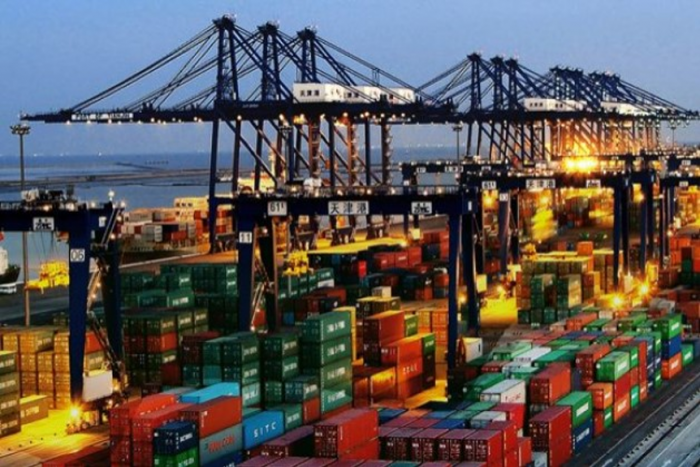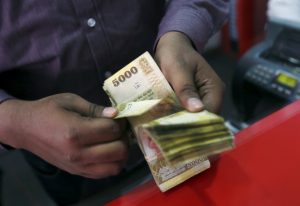Export growth in China slowed to single digits as covid restrictions – and lockdowns – hit local demand and shuttered factories that make goods for export. Usual robust rates of growth slowed to levels not seen in almost two years, while imports remained stable in April.
In dollar terms, China’s April exports grew just 3.9% year on year, a major slowdown from the healthy 14.7% clip reported in March. April’s growth figure was the lowest since June 2020. Imports were broadly stable.
The weak figures show China’s trade sector, which accounts for about a third of GDP, is losing momentum as lockdowns across the country hit supply chains in big cities such as Shanghai, heightening risks of a deeper slowdown in the world’s second-largest economy.
“The virus outbreaks in China led to huge difficulties in the production chains and the supply chains,” Chang Ran, a senior analyst at Zhixin Investment Research Institute said in a note on Monday. “Meanwhile, some countries in Southeast Asia have transitioned from recovery to production expansion, replacing Chinese exports to some extent.”
Julian Evans-Pritchard, senior China economist at Capital Economics, said the main headwind to exports is weakening foreign demand.
“The sharpest falls were in shipments to the EU and U.S., where high inflation is weighing on real household incomes,” he said. “The declines were also especially pronounced in electronics exports which suggest a further unwinding of pandemic-linked demand for Chinese goods.”
Beijing’s extraordinary efforts to curb the country’s largest COVID-19 outbreaks in two years have clogged highways and ports, restricted activity in dozens of cities including Shanghai and forced companies from Apple supplier Foxconn to automakers Toyota and Volkswagen to suspend some operations.
With the national jobless rate at a near two-year high, authorities have promised more help to shore up confidence and ward off further job losses.
Some analysts even warn of rising recession risks, saying policymakers must provide more stimulus to reach an official 2022 growth target of about 5.5% if Beijing doesn’t ease its zero-covid policy.
Exports may have found some support from a weaker yuan, which suffered its worst month in April in nearly two years.
Zhiwei Zhang, chief economist at Pinpoint Asset Management, does not expect export growth to pick up in May as supply problems persist.
“The contraction of imports is a signal, as many firms’ imports of parts of components probably got disrupted,” Zhang said in a note. “The resumption of production is quite slow at this stage.”
China posted a trade surplus of $51.12 billion in the month, slightly wider than a forecast for a $50.65 billion surplus. The country reported a $47.38 billion surplus in March.
- Reuters, with editing by Neal McGrath
Read more:
Supply Chain Boost Helps China Exports Beat Forecasts
Beijing Closes Roads, Playgrounds Amid Smog After Coal Spike
























